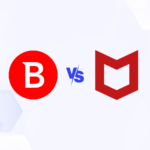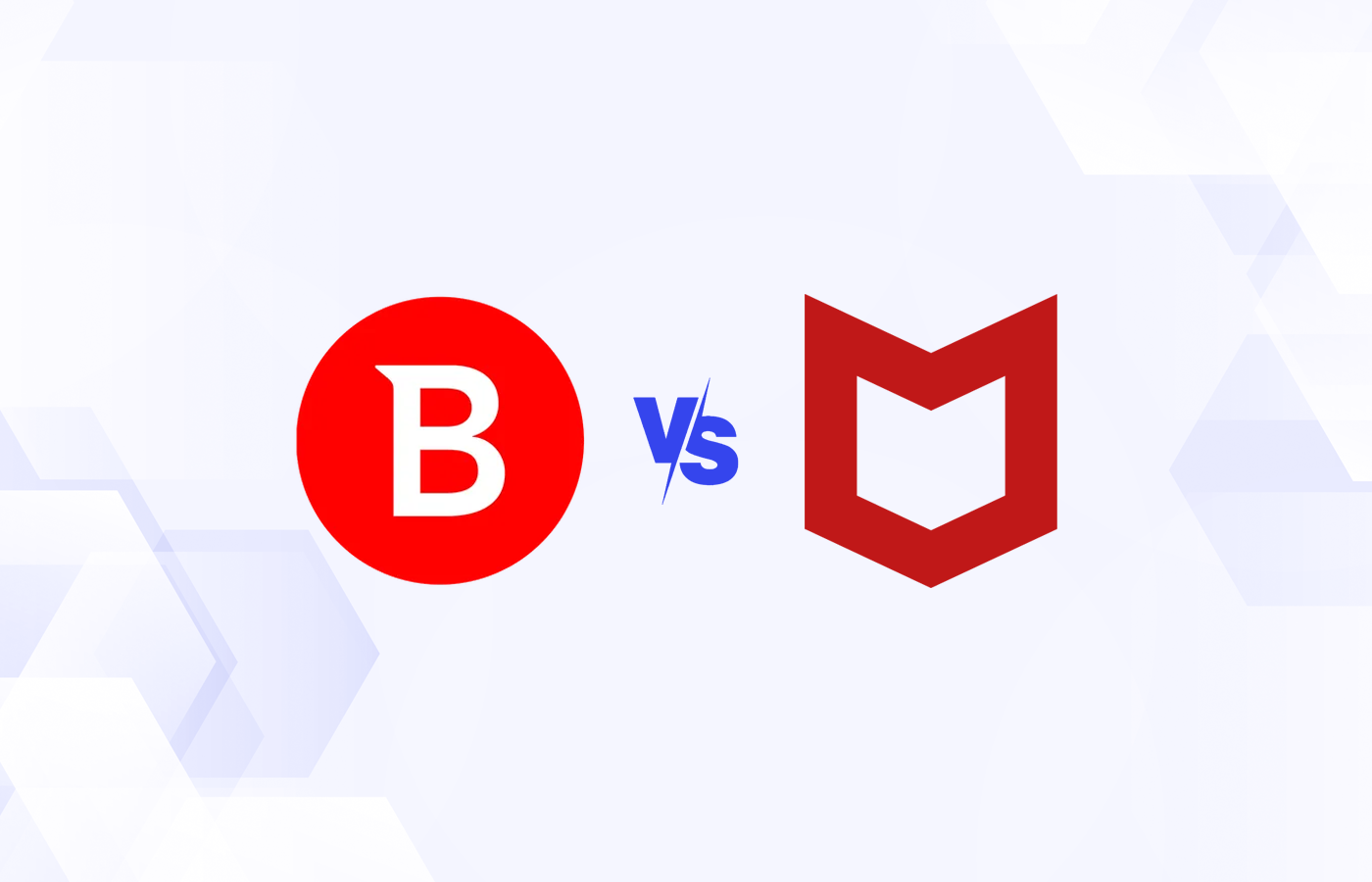Extended detection and response (XDR) has emerged in the last few years as a new approach by cybersecurity vendors to unify their products into a comprehensive security offering.
That all-in-one approach can give users the comfort of comprehensive cybersecurity defenses with the ease of integration and support that comes from a single vendor. However, XDR can also mean vendor lock-in and settling for some products that aren’t best of breed. Whether you choose a single solution or assemble a comprehensive one yourself will hinge on your own security needs and level of staff expertise.
No matter the existing security stack, XDR offers administrators central management and visibility of hybrid environment security solutions. These include endpoint detection and response (EDR), network detection and response (NDR), and managed detection and response (MDR). This guide covers the top XDR solutions in the security industry, as well as key features and buying considerations.
Top XDR Security Solutions
Table of Contents
Trend Micro Vision One

Best for Security Integrations
An early entry in the XDR space, Trend Micro has offered managed and SaaS XDR services since 2019. Its coverage includes servers, email platforms, cloud environments, and user identities. Vision One produces an XDR data lake that collects activity data like metadata, logs, and telemetry, helping reduce security information silos. For SIEM and SOAR integrations, Trend Micro partners include LogRhythm, Splunk, Azure Sentinel, and Palo Alto Cortex XSOAR.
Pricing
Vision One has a 30-day free trial. Its licensing unit is the credit, which can be used to provision XDR sensors and allocate resources within a business’s security environment. More detailed pricing information is available through contacting Trend Micro’s sales team.
Key features
- Automated searching for indicators of compromise
- Dynamic risk assessments of threats and automated remediation tools
- Attack surface discovery that includes internet domains, containers, and private business networks
- Threat correlation from multiple security sources
Pros
- Integration with Trend Micro’s Workload Security solution
- Supports Internet of Things (IoT) and operational technology (OT) sensors
- Attack surface risk management capabilities
Cons
- Some users wanted more third-party integrations
Learn more about XDR.
Palo Alto Networks Cortex XDR

Best for Advanced Security Teams
For extended infrastructure protection, Palo Alto offers the industry-first extended solution Cortex XDR. Cortex XDR combines insights across endpoint, network, and cloud data to reduce administrators’ manual work. Other key features include threat hunting and intelligence through PAN’s Unit 42, ML-based behavioral analysis, and streamlined deployment.
Pricing
Cortex XDR offers a demo to potential customers. It has two plans, Prevent and Pro. Note that Unit 42 threat research is only available through the Pro plan, as part of the optional Cortex XDR managed detection and response services. The Pro plan can be priced either by endpoint or by TB of storage. Contact Palo Alto’s sales team for detailed pricing information.
Key features
- Detection for issues like insider threats and credential attacks
- Incident scoring and alert categorization to help teams choose which issues to address first
- Automated root cause analysis capabilities
- Identity threat detection and response module for uncovering malicious user issues
Pros
- Provides threat research and intelligence through Unit 42, a team of researchers and consultants
- Intended to simplify and unify enterprise security operations for networks, cloud, endpoints, and third-party data
Cons
- Could take time to learn and configure, especially for inexperienced teams
- May be on the more expensive end
- No deception technology features
Cynet 360

Best for Honeypot Capabilities
One of the smallest companies on our list and the youngest, Cynet has built an impressive solution set that includes anti-virus (AV), EDR, UEBA, incidence response, and network analysis. Together, these technologies create the Cynet 360 platform. The solutions within Cynet 360 include XDR, response automation, and MDR. Other features include pre-built and custom remediation, a central console for holistic visibility, and network traffic analysis.
Pricing
Potential customers can request a demo from Cynet. The platform also has a 14-day free trial for qualifying organizations. Contact Cynet for specific pricing information.
Key features
- Decoy passwords, network connections, and data files for luring and identifying threat actor behavior
- Advanced threat hunting technology
- Forensic features like charts and dashboards for viewing log data
- Event correlation from multiple locations, including networks, endpoints, and pre-set decoys
Pros
- High customer praise for the Cynet support team
- Intended for smaller security teams, with the option of 24/7 managed detection and response
Cons
Some users had trouble with the user interface, finding it complex or overwhelming to navigate.
Crowdstrike Falcon

Best for Incident Response
In less than a decade, CrowdStrike and their flagship product line Falcon have changed the cybersecurity industry. Analysts believe the endpoint protection and threat intelligence vendor is a leading candidate to take the XDR market by storm. Falcon software plans and capabilities include advanced antivirus, threat intelligence and threat hunting, firewall management, EDR, and incident response. For enterprises of any size, CrowdStrike offers multiple tiered plans and standalone licenses for specific solutions.
Pricing
Falcon has four different plans. In the third plan, Falcon Elite, Insight XDR is optional. The final plan, Falcon Complete, is an MDR solution delivered through CrowdStrike’s security team. Managed services for Falcon is a good choice for smaller security teams with limited time. However, your organization will need the budget to afford it.
Key features
- Third-party integrations with CrowdStrike’s Technology Alliance partners
- Graph explorer that shows cross-domain attack patterns
- Behavioral analytics
- Integrations with CI/CD pipelines
Pros
- MDR solution is good for smaller teams that don’t have a strong dedicated security team
- Strong overall platform performance
Cons
- Some users had difficulty managing and navigating the user interface
- Falcon can be expensive for organizations of all sizes
Microsoft 365 Defender
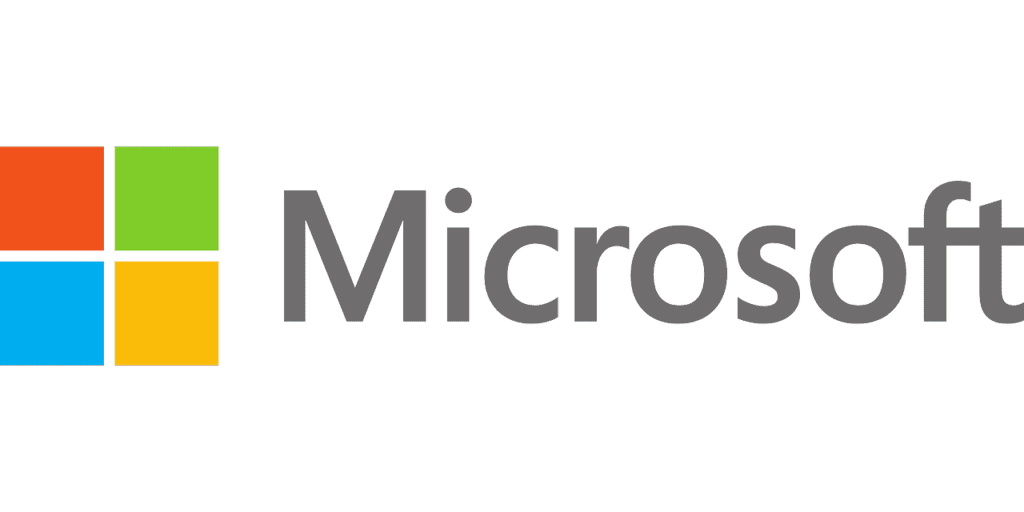
Best for Windows Environments
Microsoft 365 Defender offers a cloud-native XDR solution for enterprises. Microsoft’s XDR capabilities include coverage of all network components and environments, priority alerts, and threat response coordination. There’s always a financial incentive to bundle with a security vendor, so Microsoft’s ability to quickly extend these capabilities to existing customers is an inherent advantage. For combined SIEM and XDR, 365 Defender integrates with Microsoft Sentinel and Defender for Cloud.
Pricing
Microsoft offers a free trial for Defender 365. Contact the sales team for further details.
Key features
- Email security insights
- Single dashboard for incident management and alert categories
- Automatic self-healing capabilities
- Threat hunting features with customizable queries
Pros
- Integrations with other Microsoft solutions
- Customers found the UI user-friendly
Cons
- Limited network protection features
- Can be complex to learn and configure
- Has multiple user complaints about high prices
SentinelOne Singularity XDR
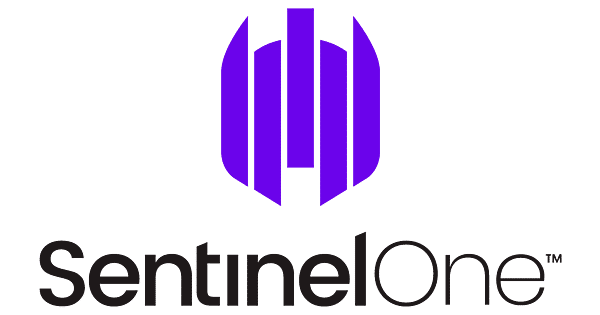
Best for Customer Support
In 2013 SentinelOne launched in the endpoint protection space; last month, the vendor raised $1.2 billion at its IPO. A year ago, MITRE ATT&CK evaluations showed SentinelOne detected 100% of attack techniques, beating out Palo Alto and Trend Micro. For enhancing SOC-level operations with end-to-end infrastructure visibility, SentinelOne offers Singularity XDR. Features include an easy-to-use automation ecosystem, enhanced SOAR functionality, and machine speed containment.
Pricing
SentinelOne’s platform has three plans: Singularity Core, Singularity Control, and Singularity Complete. Complete has the most comprehensive set of features, including native EDR threat hunting and ingested data retention that includes both Open XDR and native data. To receive a specific quote for your business, contact SentinelOne’s sales team.
Key features
- Customizable role-based access control options
- Integration with MFA solutions
- Skylight data analytics integration for increased visibility of XDR data
- MITRE ATT&CK integration
Pros
- Supports cloud-native container workloads
- Easy to deploy
- Good customer support
Cons
- Some customers wanted more advanced reporting options
- The management console may be challenging for junior IT and security team members to learn
Cybereason Cyber Defense Platform
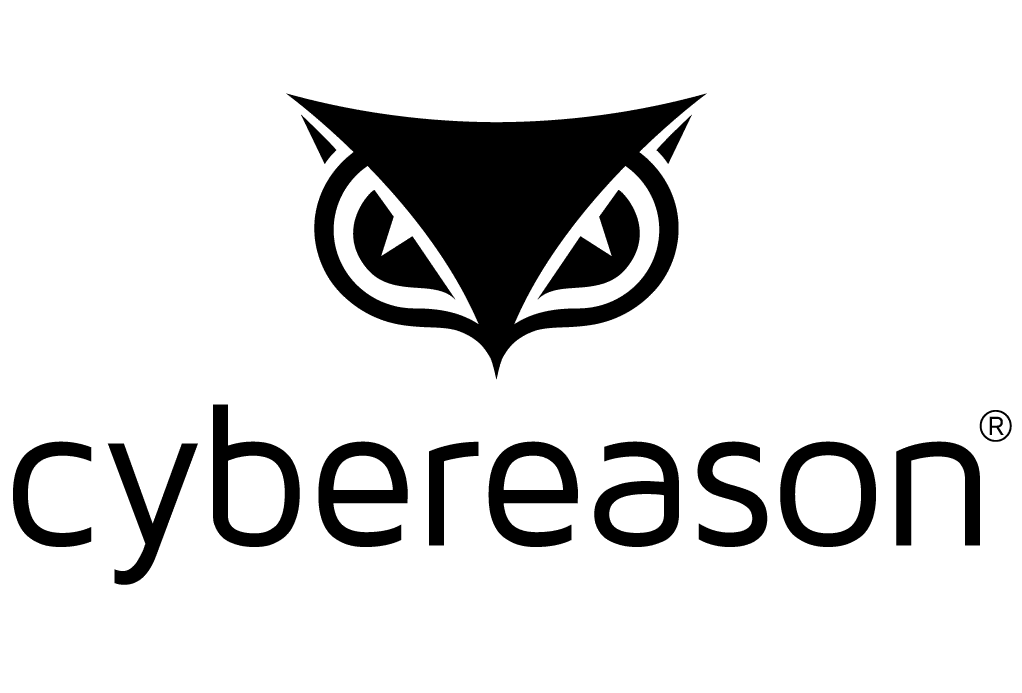
Best for Attack Lifecycle Management
Cybereason’s roots are in the Israeli intelligence community and, while still a relatively small team, its rise in the cybersecurity industry has been impressive. Offering EDR managed security services like managed detection and response (MDR) and network assessments, Cybereason has a range of security solutions that form the Cybereason Defense Platform. Uniting all endpoints and extending visibility across the network infrastructure, Cybereason offers automated controls, remediation, and actionable threat intelligence.
Pricing
Cybereason has four plans: Professional, Business, Enterprise, and Ultimate. The Professional plan is designed for small to medium enterprises, while the largest plan, Ultimate, is designed for enterprises of all sizes and is the most comprehensive. Only the Ultimate plan includes incident response and MDR without add-on pricing. Contact Cybereason’s sales team for a quote specific to your organization.
Key features
- Integrations with many security solutions, including Okta, Fortinet, Palo Alto, and Check Point
- Charts that rank malicious operations (MalOps) by severity and current status
- Full attack story for each MalOp
Pros
- Easy-to-use interface
- Intensive threat lifecycle investigation
- MDR capabilities
Cons
Because customers must submit support queries through Cybereason’s portal, support avenues (like email, phone, or live chat) are limited.
Also read: Top Enterprise Network Security Tools
Cisco SecureX and Secure Endpoint

Best for Cisco Customers
For XDR-focused solutions, Cisco offers SecureX. SecureX integrates with Secure Endpoint, as well as other Cisco Secure solutions like Network Analytics. In addition to traditional EDR capabilities, XDR features include advanced incident management, threat intelligence, automation, and low-code workflow building. Benefits from the Secure Endpoint solution include endpoint forensics, machine learning analysis.
Pricing
SecureX is free for businesses that already use one or more Cisco Security products. Contact Cisco for detailed SecureX pricing. Cisco has a brief YouTube-based product demo available.
Key features
- Low-code custom workflow building with drag-and-drop functionality
- Shareable playbooks for ITOps, NetOps, and SecOps scenarios
- Graphs of relationships between observable items in a threat investigation
- Snapshots of a point in time during an investigation
Pros
- Centralized visibility for all other Cisco Security solutions
- Free if you already are a Cisco Security customer
Cons
- Multiple customers wanted better third-party integration options
- SecureX is excellent for Cisco Security customers but may not be the best XDR for businesses with multiple security solutions from other vendors
Learn more about the role of AI in advancing cybersecurity.
Mandiant Advantage

Best for Startups
Mandiant – now part of Google – offers the Advantage platform for the XDR space. The company is highly regarded for its incident management and contributions to indicators of compromise (IOC) research. Advantage is a platform for automating security response teams. Using data science and ML, the Automated Defense software triages alerts, scales SOC capabilities, and accurate investigations 24/7.
Pricing
Mandiant Advantage has a free plan as well as paid subscriptions. The Security Operations plan adds features like MITRE ATT&CK viewing, and the Fusion subscription — the most complete plan — adds dark web monitoring and vulnerability analysis. Contact Mandiant for more detailed pricing for its paid plans.
Key features
- Dark web monitoring
- Dynamic host and malware views
- Data on threat actors
- OSINT indicators for identifying potential publicized threats
Pros
- Offers an add-on for digital threat monitoring, which flags issues like leaked credentials or personally identifiable data
- Free plan
Cons
- Customers with a free plan or the lower tier of paid plan may run into data silos or be unable to complete a threat investigation if the rest of the data is behind a paywall
- Advantage may be a less comprehensive solution for large enterprises
Sophos Intercept X
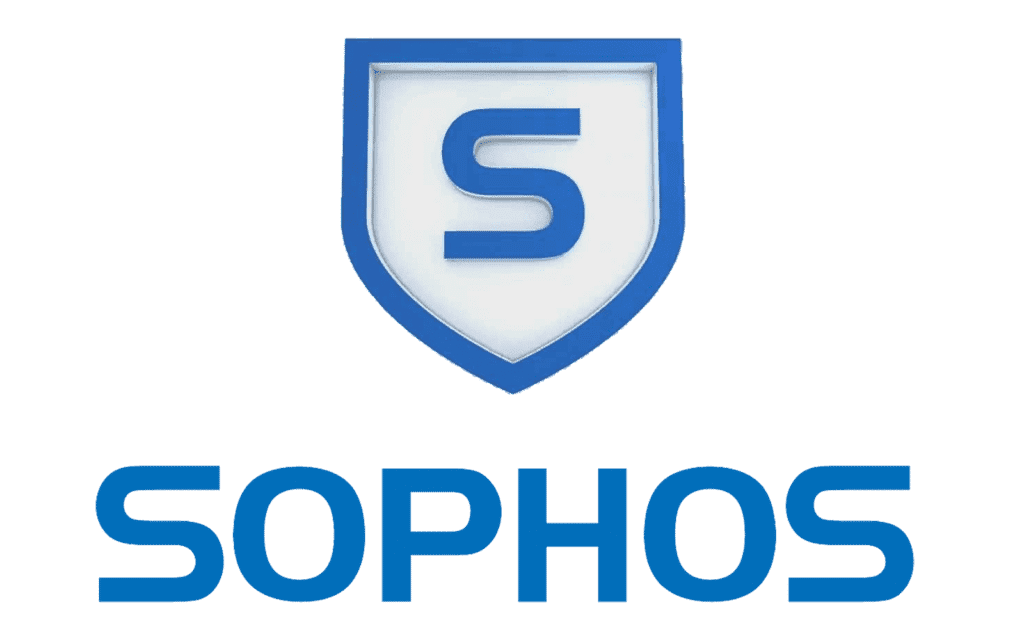
Best for Inexperienced Teams
Sophos has gradually built a diverse portfolio that includes EDR, firewalls, cloud security, and managed services. Sophos Intercept X combines Intercept X Endpoint with a selection of other products in its XDR solution. Solution bundling options include server, firewall, cloud security posture management, and email data security solutions.
Pricing
Intercept X Advanced offers a free trial. Pricing is per user, and specifics are available from Sophos.
Key features
- Highly-reviewed ransomware protection features
- 24/7 threat hunting performed by Sophos analysts
- Command line option for running scripts and editing configuration files
- Easy-to-understand user interface
Pros
- Users find Intercept X easy to use and manage
- Sophos security products are centralized in one console
Cons
- Older systems in particular may have trouble with resource consumption
- Sophos support has mixed reviews from customers — some had great experiences, while others encountered delayed response
5 Top Features of XDR Solutions
While it’s challenging to determine exactly which features your security team needs, these XDR capabilities are a good starting checklist to use while searching.
Central visibility
One of the major selling points of XDR is its comprehensive view of enterprise assets, not just endpoints. Aside from company devices, XDR also covers networks, email, and cloud environments. This is beneficial for organizations that want to reduce security silos and correlate incidents that show up in different places but might actually be from the same threat.
Incident management and response
Teams should not only be able to view the history of an incident — where the threat first originated and its progress through the network — but also have resources to mitigate it. Incident response includes halting executable processes and quarantining compromised applications.
Customizable workflows
While this seems like an industry buzzword at first glance, it just means the ability to design workflows for your security teams that make sense for your security infrastructure. If the XDR solution notices a particular behavior, it follows alert and response steps according to the workflow your team has developed.
Automation
While automation can take different forms in an XDR environment, it’s a critical technology overall. Manual security is limited by human error but also by time constraints. IT and security personnel can’t be everywhere at once, and often automatic responses to threats are faster.
Integrations with other security products
XDR solutions shouldn’t be locked in to one particular vendor. While they should offer integrations within a vendor’s infrastructure, they should also provide connections with other products. Without those integrations, XDR will continue to silo threat data and prolong businesses’ security challenges because they still don’t have all the information they need in one place.
How to Choose an XDR Vendor
Because it’s a relatively new technology, the XDR market remains a work in progress. Several vendors continue to develop their XDR software as an extension of existing EDR tools.
If you’re considering expanding your security infrastructure with an XDR platform, your business should evaluate the following points.
Ask questions
While evaluating XDR solutions, ask vendors the following questions:
- How does your XDR unite existing network software and their telemetry data?
- How does your XDR leverage existing security investments?
- Do your analytics combine insights from across attack vectors?
- How completely can you automate security across control points?
- Why will I make better security decisions with your XDR?
Know your budget
XDR solutions have a variety of price ranges, and your organization may not have the budget for one of the more expensive products. However, this doesn’t mean you’re getting a low-quality solution. Analyze your security budget before choosing an XDR, and ask vendors for specific pricing details to narrow your choices down to a few affordable options.
Know your team
Some XDR solutions are better suited to small businesses, while others are a good choice for large enterprises with sizable IT and security teams. If you have a thin security department, a solution like Sophos would be a good choice. But if your IT and security teams are large and experienced, a tool like Cortex XDR will provide suitable customizability and range.
Frequently Asked Questions (FAQs)
Potential users and security professionals ask the following questions to learn more about XDR solutions and their benefits.
What is the advantage of XDR?
Because XDR solutions combine threat insights from multiple sources in your business’s infrastructure, they’re more comprehensive than standalone EDR or NDR solutions. However, they must be properly configured and used for your IT and security teams to gain the most accurate and useful information.
What is the difference between XDR and EDR?
While EDR mainly deals with endpoint security and incident response, XDR extends to other components of the infrastructure, including networks and email accounts. Many EDR solutions have XDR capabilities and vice versa, which can make buying decisions confusing. But if you’re searching specifically for an XDR product, look for protective features for network and cloud assets as well as just endpoints.
What is the difference between XDR and MDR?
MDR is a managed service for businesses that want threat intelligence and insights, as well as incident response, handled by an external team. Vendors that offer MDR perform threat analysis and handle security incidents for their customers, a good choice for businesses that have limited IT or security teams. MDR can cover both EDR and XDR services — it just depends on the capabilities in each individual vendor’s MDR offering.
Bottom Line: The Best XDR Solutions
Extended detection and response helps businesses manage a variety of security assets, not just endpoints. In addition to greater ease of management, knowing how threats connect within different parts of your infrastructure helps security teams better understand how incidents originate and develop.
It’s also important to keep in mind that XDR won’t automatically catch and detain all threats. It must be configured, studied, and used before it can become a consistent and effective tool in your organization’s arsenal of security solutions. It should also work well with any existing security tools so your business can improve its overall security posture.
Read about the differences between XDR, SIEM, and SOAR next.





